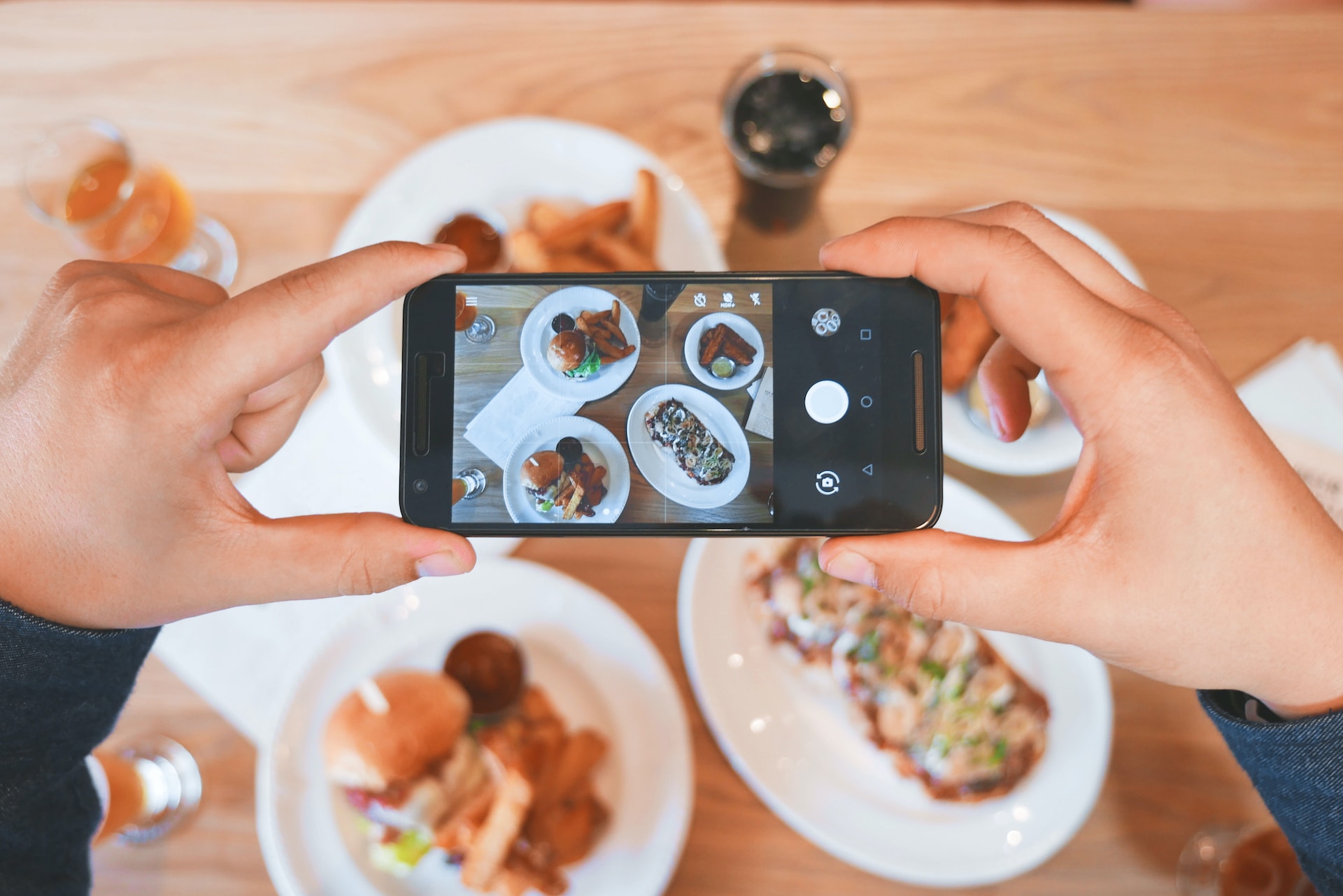Creating engaging and high-quality food and culinary videos is not just a hobby; it’s an art form. As the demand for captivating food content continues to grow, mastering the craft of video production in this niche becomes increasingly essential. Whether you’re a seasoned content creator or just starting, this comprehensive guide will equip you with the knowledge and techniques to elevate your culinary video game.
Equipment and Setup
The foundation of any successful video production lies in having the right tools. When it comes to food and culinary videos, having the appropriate equipment is crucial. Start with a good camera that can capture the intricate details of your dishes.
In addition to equipment, your filming setup plays a pivotal role. Selecting an enticing background and carefully choosing props and decor can enhance the overall aesthetics of your videos. Properly setting up your filming space will make it easier to create visually pleasing content.
Preparing and Planning
Before you even hit the record button, meticulous planning is required. Begin by selecting recipes that are not only delicious but also visually striking. Consider your target audience and their preferences when making your choices. A well-researched script and storyboard will provide structure and direction for your video.
Gathering all the necessary ingredients and props in advance is crucial to maintaining a smooth workflow during filming. Organization is key here. An organized workspace will help reduce clutter on camera, resulting in a cleaner and more professional look.
Filming Techniques
Video production is all about visual storytelling, and mastering filming techniques is a critical aspect of this art. Experiment with different camera angles and framing options to showcase your dishes from various perspectives.
Smooth camera movements, such as panning and tracking shots, add a dynamic element to your videos. Investing in a gimbal can greatly improve the stability of your shots, ensuring professional-looking footage.
Consider incorporating slow-motion and time-lapse footage strategically in your videos to add visual interest and enhance the storytelling aspect. These techniques can showcase the intricate details of food preparation and cooking, creating a mesmerizing viewing experience for your audience.
Lighting and Color Correction
Proper lighting is essential in video production, and it’s especially critical when it comes to food and culinary videos. Experiment with natural and artificial light sources to find the right balance. Utilize diffusers and reflectors to control and enhance the lighting conditions.
Maintaining consistent white balance and color correction across your shots is crucial to ensuring that your food’s colors appear accurate and appetizing. Post-production color grading can further enhance the visual appeal of your content, making it more enticing to viewers.
Sound and Music
Video production isn’t just about visuals; sound plays a significant role as well. Capturing high-quality audio is vital for creating a professional-grade video. Invest in external microphones to improve audio clarity and reduce background noise during filming.
Carefully select music that complements the mood and style of your video. Music can evoke emotions and enhance the overall viewing experience. However, be mindful of copyright issues and use royalty-free music or properly licensed tracks to avoid legal complications.
Conclusion
From equipment and planning to filming techniques, lighting, and sound, every aspect contributes to the overall quality of your content. By consistently applying these techniques and refining your skills, you can create captivating food and culinary videos that leave your audience hungry for more.
